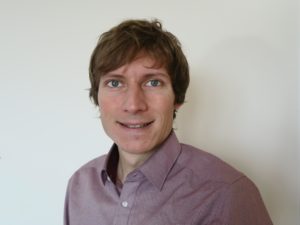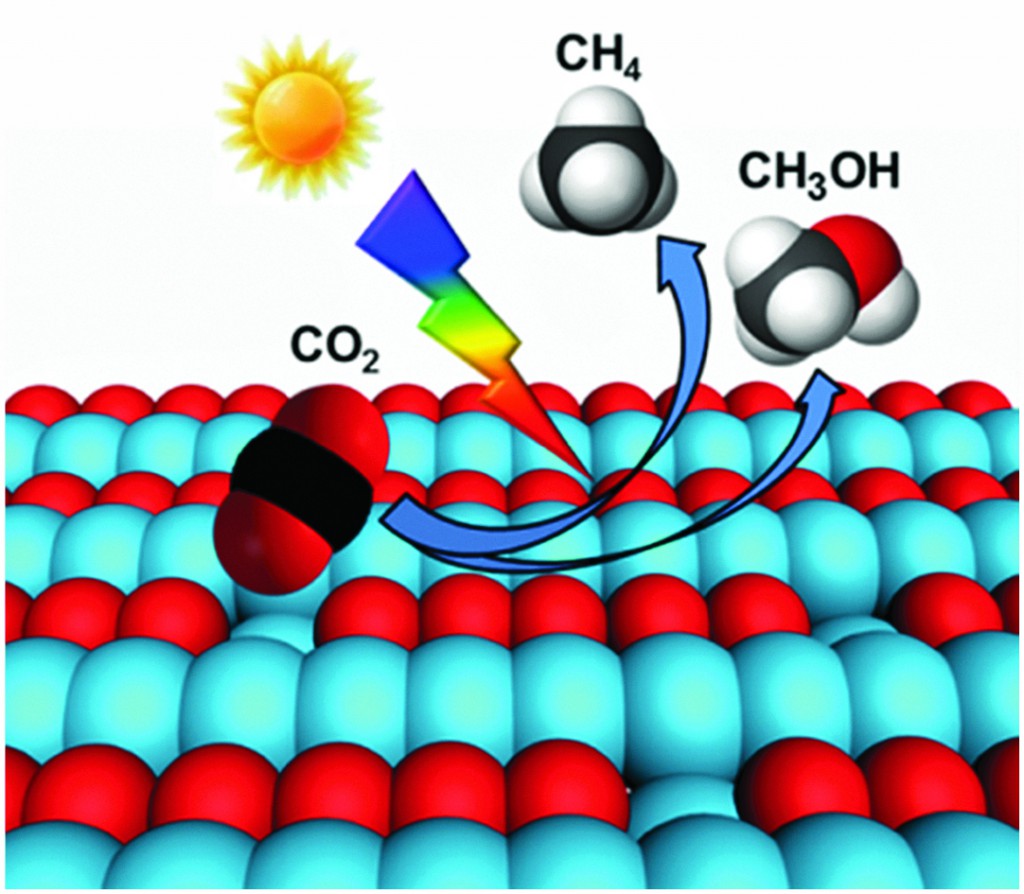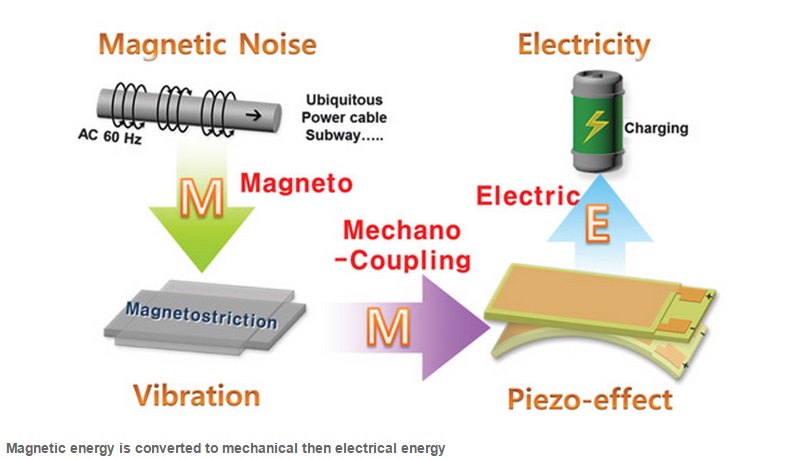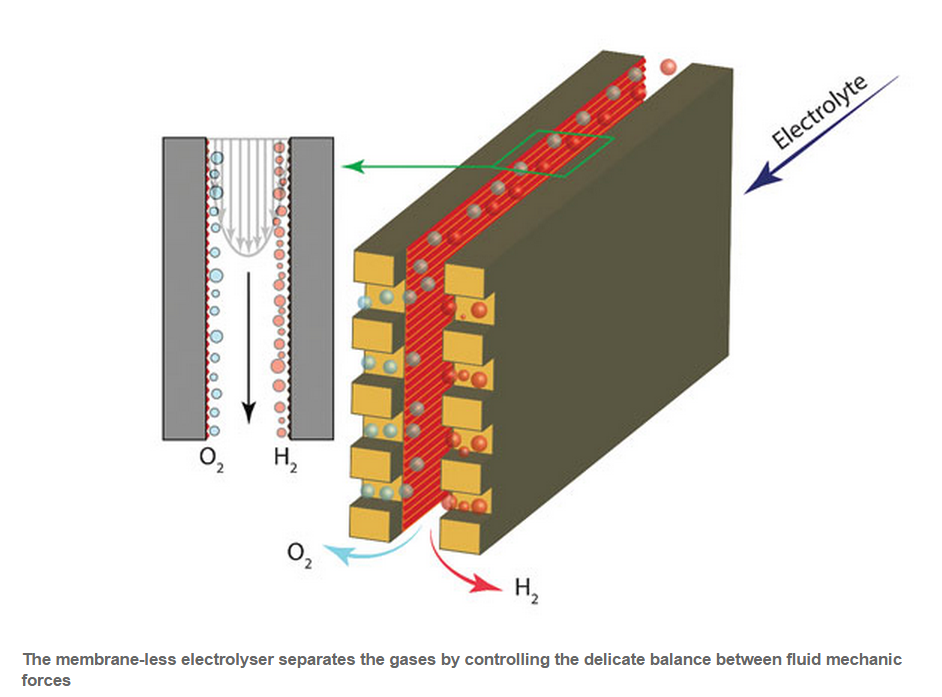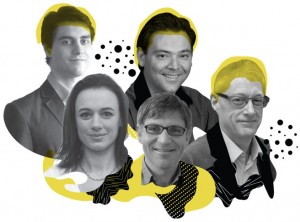Energy & Environmental Science (EES) is delighted to announce its Impact Factor has increased to 29.518*.
This continued increase in Impact Factor cements EES‘ position as the leading journal in the field, further strengthening its position at the top of three Journal Citation Reports categories (Energy & Fuels; Engineering, Chemical; and Environmental Sciences), and moving the journal up to 3rd in the Chemistry, multidisciplinary category. As the home of exceptionally high quality, agenda-setting research relating to energy conversion and storage, alternative fuel technologies and environmental science, the 5-year Impact Factor of 24.781 means that research published in the journal has lasting impact and the Immediacy Index of 6.751 means articles are highly visible within the community as soon as they are published.
Our broad scope and the interdisciplinary nature of research published in the journal, coupled with our rigorous peer review and rapid times to publication of 52 days** from receipt to acceptance, ensures your work will quickly attract the attention it deserves.
We would like to thank all our authors, readers, reviewers and Editorial & Advisory Board members for making EES the number 1 journal in the field
Find the all the RSC’s journals newly published 2016 Impact Factors* here.
*The Impact Factor provides an indication of the average number of citations per paper. Produced annually, Impact Factors are calculated by dividing the number of citations in a year, by the number of citeable articles published in the preceding two years. Data based on 2016 Journal Citation Reports® (Thomson Reuters).
**2016 average












